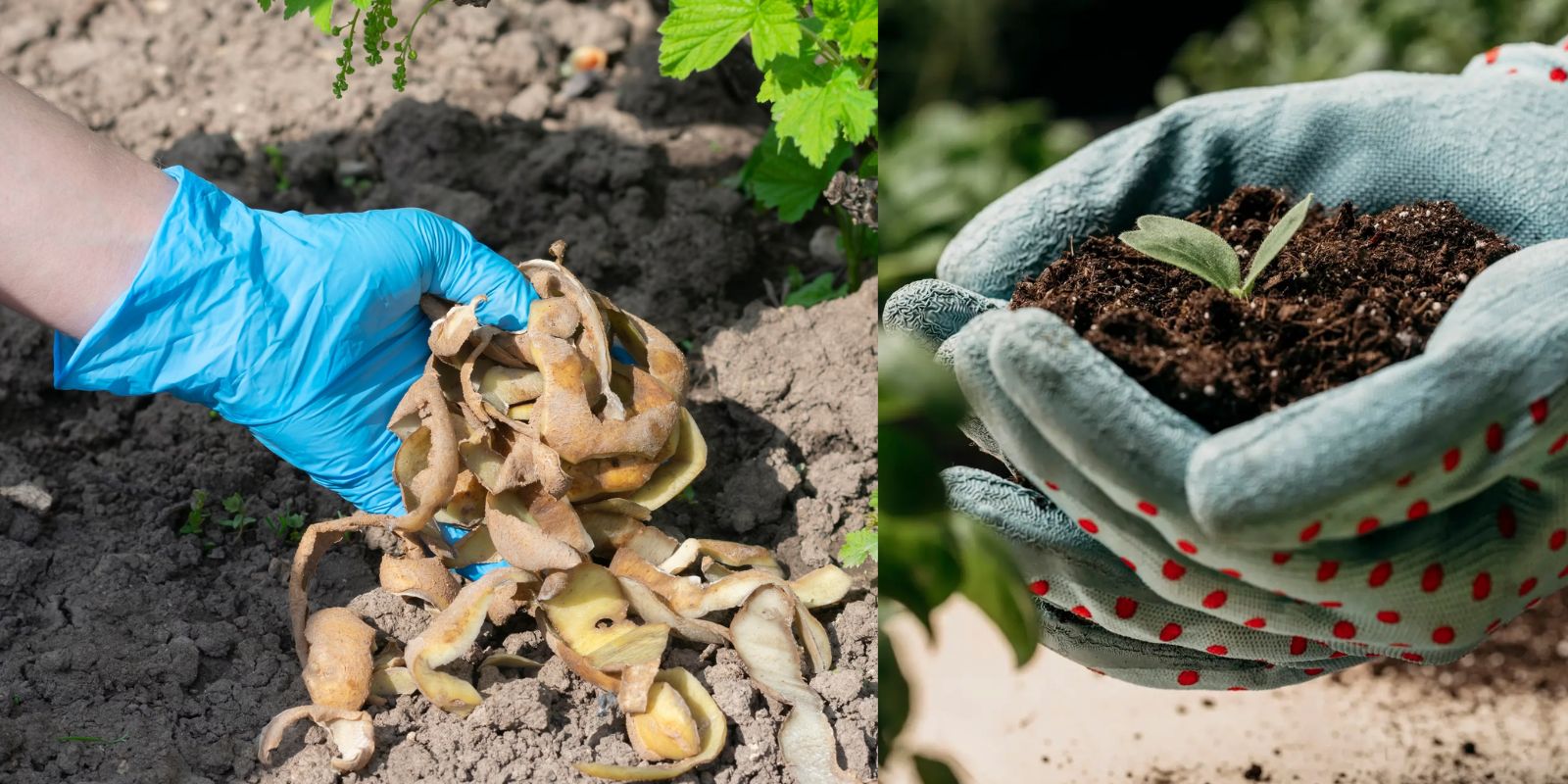Manure has been a staple in agriculture for centuries, prized for its ability to enrich soil and enhance plant growth. Whether you’re a seasoned gardener or just starting out, understanding how to use manure effectively can make a significant difference in the health of your vegetable garden. This comprehensive guide will explore the benefits of using manure as a fertilizer, provide detailed steps on how to apply it correctly, and offer tips for maximizing its benefits.
Why Use Manure as a Fertilizer?
Manure is a natural fertilizer that offers numerous benefits for vegetable gardens:
- Nutrient-Rich: Manure provides essential nutrients such as nitrogen, phosphorus, and potassium, which are crucial for plant growth and development.
- Soil Structure Improvement: It enhances soil structure, increasing its ability to retain moisture and nutrients while improving drainage.
- Organic Matter: Manure adds organic matter to the soil, which helps in the development of beneficial microorganisms and improves overall soil fertility.
Choosing the Right Manure
Not all manure is created equal, and selecting the right type is crucial for effective fertilization:
- Well-Aged or Composted Manure: Fresh manure can be too strong and may contain pathogens that can harm plants. Use well-aged or composted manure, which has had time to decompose and is safer for plants.
- Types of Manure: Common types of manure include cow, horse, chicken, and sheep. Each has different nutrient profiles, so choose one based on your specific soil needs and availability.
Preparing the Soil
Proper preparation is key to ensuring that manure benefits your vegetable garden effectively:
- Test the Soil: Conduct a soil test to understand its nutrient needs and pH level. This will help you determine the amount and type of manure required.
- Clean Up the Garden Bed: Remove any debris, weeds, or old plant material from the garden bed where you plan to apply the manure.
Applying Manure
Follow these steps to apply manure effectively:
- Timing: Apply manure in the fall or early spring before planting. This allows time for the manure to decompose and integrate into the soil, ensuring that the nutrients are available when plants begin to grow.
- Application Rate: Spread manure evenly over the soil surface. A general guideline is to use about 1-2 inches of manure. For precise application rates, refer to specific recommendations based on the type of manure and soil conditions.
- Incorporate into Soil: Use a garden fork or rototiller to mix the manure into the top 6-8 inches of soil. This helps to incorporate the nutrients and improves soil texture. Ensure the manure is well-mixed to prevent any burning of plants and to promote even nutrient distribution.
- Watering: After application, water the soil thoroughly. This helps the manure break down further and allows nutrients to leach into the soil. It also prevents the manure from forming a crust, which can impede nutrient absorption.
Benefits of Manure Application
- Enhanced Nutrient Availability: As manure decomposes, it releases nutrients gradually, providing a steady supply of essential elements for plant growth.
- Improved Soil Health: The addition of organic matter from manure improves soil structure, water retention, and microbial activity.
- Reduced Fertilizer Needs: Using manure can reduce the need for synthetic fertilizers, promoting a more sustainable gardening practice.
Tips for Maximizing the Benefits of Manure
- Monitor Soil Moisture: Keep the soil consistently moist but not waterlogged. Proper moisture levels help manure decompose effectively and enhance nutrient availability.
- Avoid Over-Application: Too much manure can lead to nutrient imbalances and potential plant damage. Follow recommended application rates and adjust based on soil tests and plant needs.
- Rotate Manure Types: If possible, rotate different types of manure to balance nutrient profiles and avoid overloading the soil with one type of nutrient.
- Composting Manure: Composting manure before application can further reduce the risk of pathogens and enhance nutrient availability. Composting also helps to stabilize nutrients, making them more accessible to plants.
Common Challenges and Solutions
- Odor: Fresh manure can have a strong odor. Using well-aged or composted manure reduces odor and is safer for plants.
- Weeds: Manure can introduce weed seeds. Composting or aging manure helps to kill weed seeds and reduces their presence in the garden.
- Nutrient Overload: Over-application can lead to excess nutrients, which may harm plants and leach into groundwater. Follow recommended guidelines and adjust based on soil tests.
Final Thoughts: Embrace Manure for a Thriving Vegetable Garden
Using manure as a fertilizer is a time-tested method for enhancing soil health and boosting vegetable yields. By choosing the right type of manure, preparing the soil properly, and applying it correctly, you can enjoy a bountiful harvest of healthy, thriving vegetables. Manure not only improves nutrient availability but also contributes to sustainable gardening practices, promoting a healthier environment and more productive garden.
Motivation:
Ready to transform your vegetable garden with the natural power of manure? Start applying it today and watch your plants grow stronger and yield more vibrant produce! 🌱

